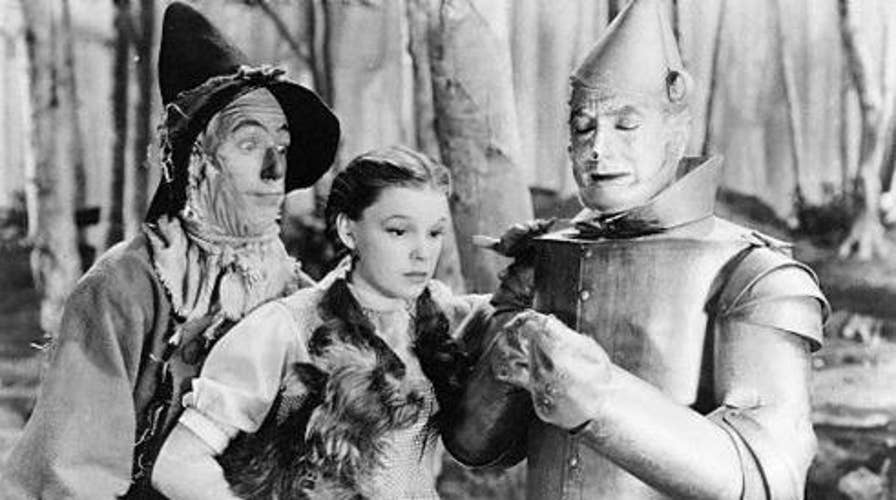'The Wizard of Oz' secrets revealed
From Judy Garland's weight loss to the partying habits of some of the actors, 'The Wizard of Oz' secrets revealed.
“The Wizard of Oz” is still captivating viewers nearly 80 years since it first premiered in theaters. In fact, according to a recent research conducted worldwide, the classic musical has had the most impact in audiences than any other Hollywood masterpiece, including 1960’s “Psycho” and 1977’s “Star Wars.”
Historians and collectors Jay Scarfone and William Stillman aren’t surprised by the findings. They’ve written several books on “The Wizard of Oz” and earlier this year they released "The Road to Oz,” which features interviews with several of those involved with the production of the 1939 film and surprising anecdotes from personal archives.
The Oz experts spoke with Fox News about some of the surprising facts they found as they researched for their new book:
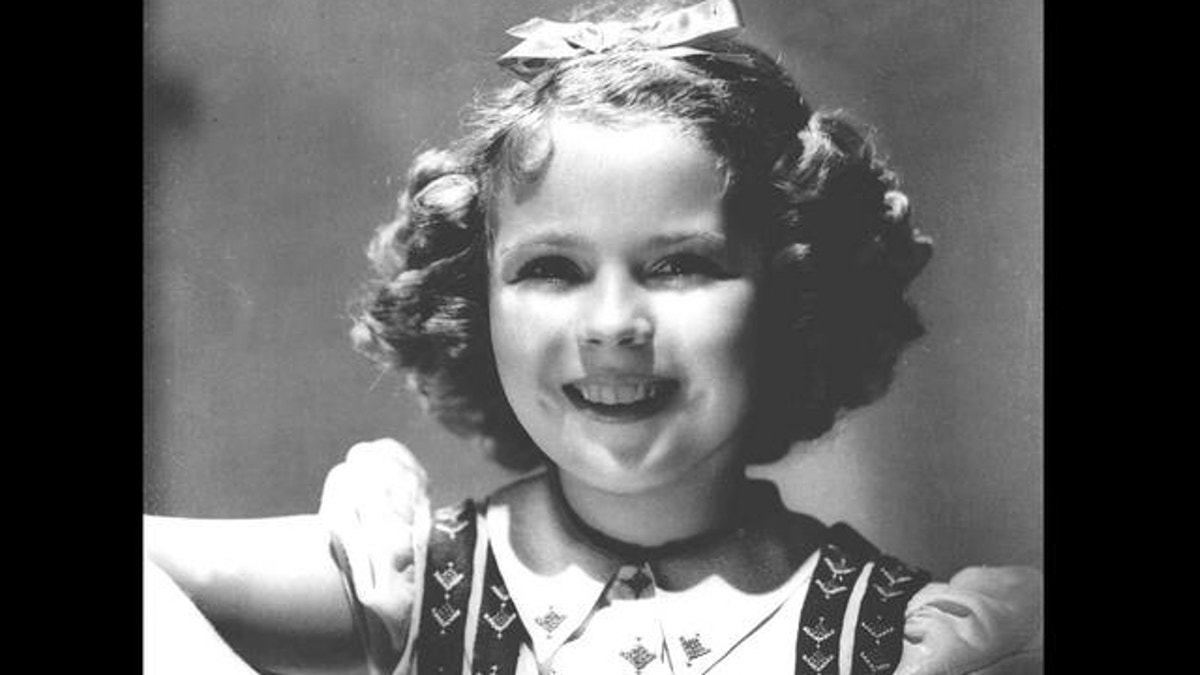
Shirley Temple (AP)
Shirley Temple was the people’s choice
While Judy Garland was the ideal choice for the role of Dorothy Gale, it was child star Shirley Temple who won the popular vote by fans of the original 1900 book. “Judy Garland was not the popular choice among book fans,” said Scarfone. “She was 15 years old, which was considered too old for the role. She was vivacious and over the top. The Dorothy in ‘The Wizard of Oz’ has a very different personality from what is seen in the film. But there was never a serious contender except for Judy Garland.”
But Judy Garland had some competition
When Garland was cast in the “The Wizard of Oz,” MGM put under contract a 12-year-old newcomer named Janice Chambers who possessed powerful pipes like Garland and could dance. “The studio was grooming her… and she actually did some tests in costume with the other actors from ‘The Wizard of Oz,’” said Stillman. “This was a time when MGM was very controlling… They had other B-lists actors that vaguely resembled their A-list actors and they would use them as a subtle way of threatening [their stars] if anyone’s head got too big.”
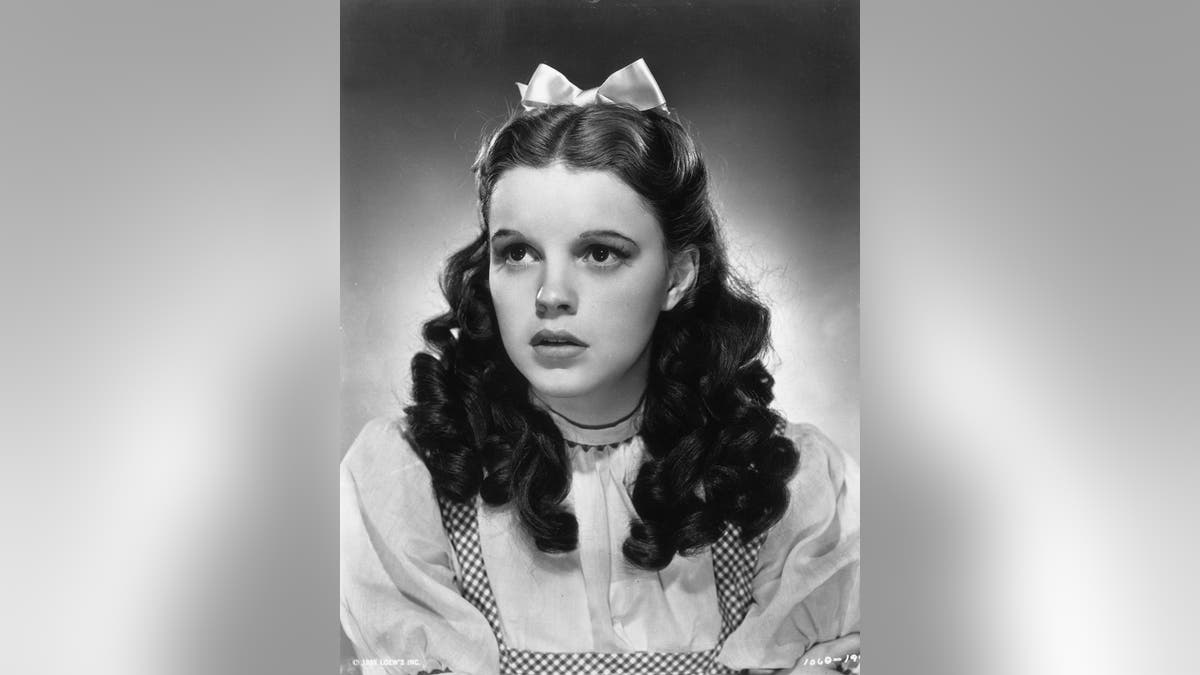
Judy Garland in "The Wizard of Oz." (Getty)
The original director was ‘Gone with the Wind’
Victor Fleming served as the main director of “The Wizard of Oz,” to Garland’s delight, who had a crush on him. However, he would ultimately leave the production to take over a struggling “Gone with the Wind” which starred his pal Clark Gable. Garland was furious. “It apparently wasn’t safe to mention Vivien Leigh’s name around her for a period of time,” chuckled Scarfone. ”But he was an odd choice for this type of picture,” added Stillman.
The lost song
While “Over the Rainbow” is known as one of Garland’s most iconic hits, the song wasn’t specifically written with her in mind. And it wasn’t exactly an original. The emotional ballad was inspired by a 1915 children’s operetta titled “Over the Rainbow.” It turned out the song that was meant for Garland was an upbeat dance number titled “The Jitterbug” based on the dance craze at the time. “It was recorded and shot, but then discarded during the editing process,” explained Scarfone.
“That was more in the style of Judy Garland… But the press had gotten whiff of it and basically said, ‘You see? We told you — this is going to be a completely different ‘Wizard of Oz’ from what we’ve gotten to know.’ One critic even said, ‘Maybe they’ll change the title to ‘The Wizard of Jazz.’ The production team ultimately had Garland sing “Over the Rainbow” — a wise choice that contributed to the film’s lasting success.
The weight loss battle
Even though Garland was just 15 years old when she took on the role of Dorothy, the studio was determined to have their teen star shed the excess baby fat. “They strongly suggested that she dieted, which was hit or miss,” said Scarfone. “They also assigned her a personal trainer, who was also her camera double for ‘Oz' named Barbara 'Bobbie' Koshay. That person also served as an after-hours spy. MGM was notorious for assigning people to shadow their biggest stars because they had a clause in their contracts with respect to how they conducted themselves. Judy was 16 through ‘The Wizard of Oz’ and this woman was about 30.”
Barbiturates were allegedly prescribed
A myth has long existed that Garland was prescribed medication to help her work longer hours — a rumor Scarfone and Stillman debunked. They explained that as a juvenile, Garland was only allowed to work four hours a day. The studio even sent their hair and makeup team to transform Garland into Dorothy from the comfort of home to make use of every moment they were allowed to film. However, Scarfone and Stillman believe Garland was given barbiturates during filming. “It’s believed she was prescribed Dexedrine, in particular,” claimed Scarfone.
“We were told this by a woman who was an extra on Emerald City. She was a cousin of the film’s producer. She said, ‘Well, it was a way of giving her extra energy to help her lose weight.’” Scarfone added Garland was also allegedly given sleeping tablets to help her dose off from the Dexedrine at night. “At that time, those drugs were new to the marketplace,” he said. “There was very little information about their side effects, let alone long-term effects."
Billie Burke had a ‘facelift’ for the film
“Before cosmetic surgery became so commonplace, a quick and easy way to give a facelift was to glue these small pieces of chiffon in front of an actress’ ears and then pull them up tight with string," explained Scarfone. "A wig was then put over to cover it. The jowls and the sagging neckline would be magically rejuvenated." Billie Burke, who played Glinda the Good Witch, endured just that to appear ageless on camera, but she was actually 54 years old.
Glinda the Good Witch was showbiz royalty
Before Billie Burke charmed audiences as Glinda the Good Witch, she was a reigning Broadway stage star in New York City who had appeared in numerous silent films as well. “Billie Burke also built her career by playing these really zany, motherly characters,” said Stillman. “Prior to ‘The Wizard of Oz,’ she played Judy Garland’s mother [in 1938’s ‘Everybody Sing’].”

Billie Burke — Getty
The infamous urban legend
For decades a grim rumor has circulated about the on-set suicide of a Munchkin – or a disgruntled employee – which was inadvertently captured by the cameras and ended up on the big screen. However, Scarfone and Stillman insisted the truth is far less horrifying and no actual hangings occurred during the making of “The Wizard of Oz.” “In the original book, the author talks about birds of rare and unusual plumage that populated the countryside,” explained Scarfone. “So MGM leased a number of exotic birds from the Los Angeles Zoo.
"Among them were cranes, which you can see in the film as the characters dance out of the yellow brick road and exit the scene. As they’re passing by, I think [the actors] may have startled one of the cranes. So it spread its wings open and flaps them briefly. And that’s the movement you see… If you look closely, you can see that crane strutting around the set.”
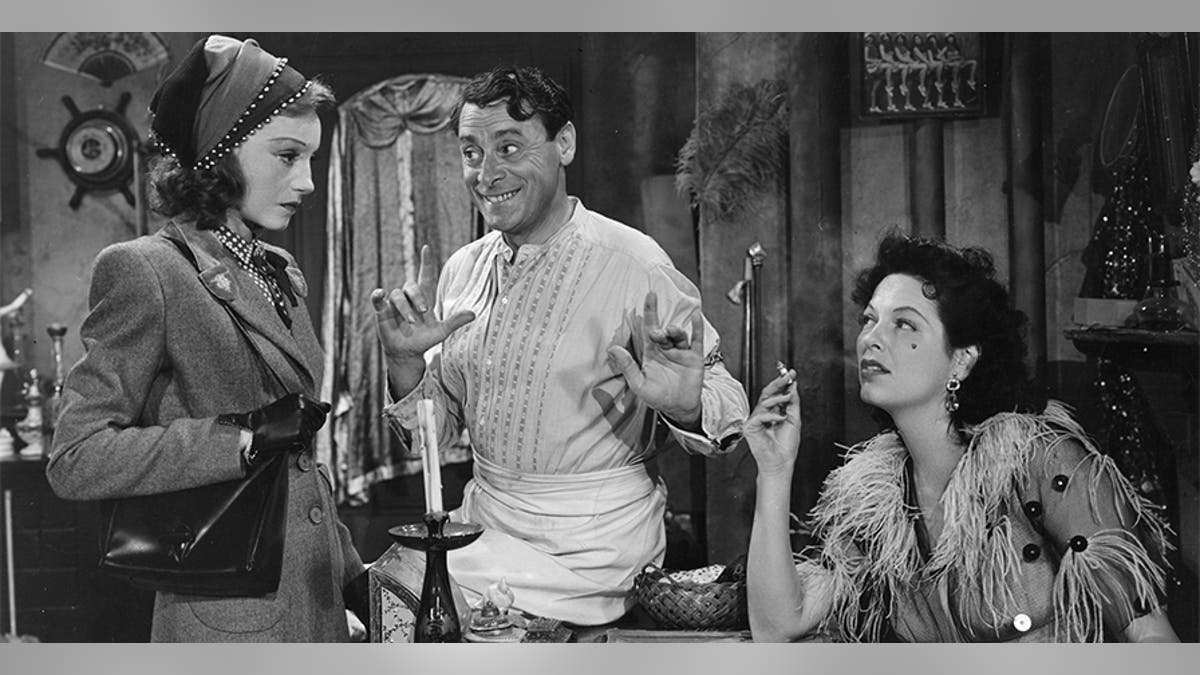
Elisabeth Bergner (1898 - 1986) with Eduardo Ciannelli (1887 - 1969) and Gale Sondergaard (1899 - 1985) in a scene from the film "Paris Calling." — Getty
The Wicked Witch was supposed to be a great beauty
The Wicked Witch of the West was intended to be glamorous, similar to the evil queen in Disney’s 1938 animated film “Snow White,” which was a box office sensation. Gale Sondergaard, who was originally cast as the film’s villain, ultimately passed on the opportunity after filmmakers decided the character needed to look more like a traditional green-faced witch, warts and all. The role was then recast with character actress Margaret Hamilton. “You can hear in the film some of the witch’s dialogue that was actually not written for Margaret Hamilton, but for Gale,” said Scarfone. “Like when the witch is melting and says, ‘Who would have thought a good little girl like you could destroy my beautiful wickedness?’ Margaret made it work, but that line and so many others weren’t written for her.”
‘The Wizard of Oz’ enjoyed a resurgence
The film was shown on television for the very first time in November 1956 and 45 million people across the country tuned in. “Local water departments were reporting that as soon as the movie ended, toilets were flushing and bathroom water was running,” said Stillman. “The following February, Judy Garland was almost nominated for an Emmy Award for her performance. That was how far-reaching the broadcast was. It was quickly retracted because there were protests due to her performance not being an original for the television medium. But there was that early nomination.”
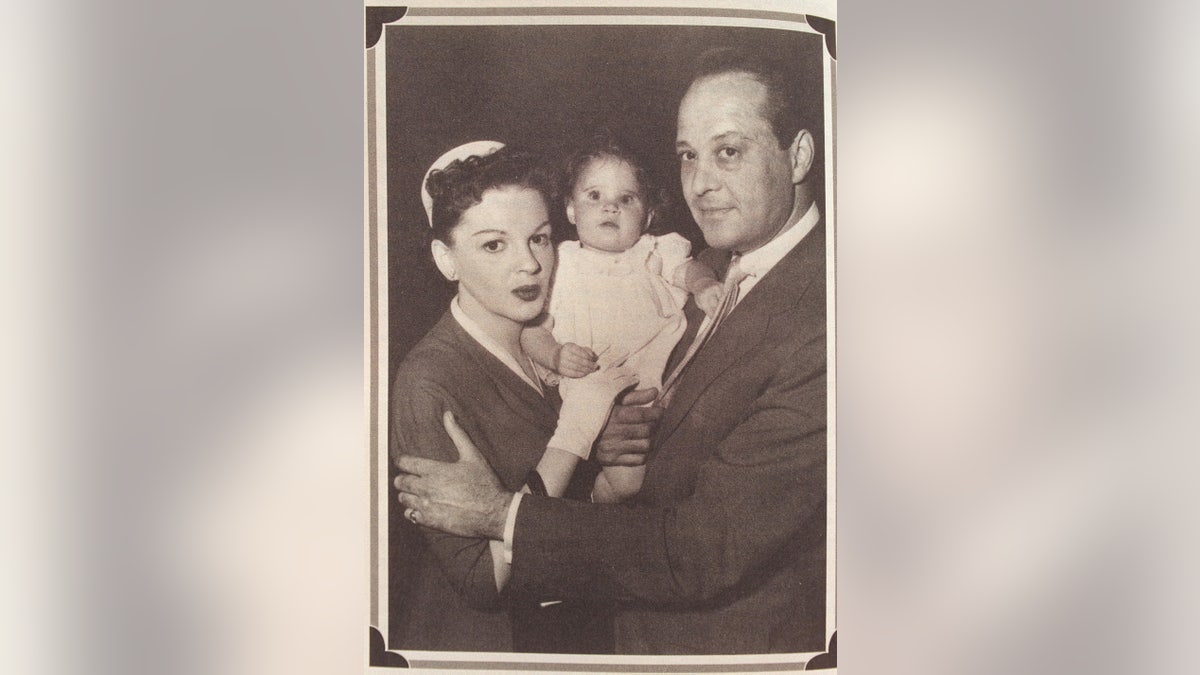
Lorna Luft as a baby with her mother, Judy Garland and father, Sid Luft on the set of "A Star Is Born." (Getty)
Judy Garland molested by Munchkins?
In a posthumous memoir, Garland’s ex-husband Sid Luft claimed his famous spouse was repeatedly molested by some of the actors who played the Munchkins in the classic musical — a claim they denied over the years. “They would make Judy’s life miserable on set by putting her hands under her dress,” wrote the producer and business manager, who died in 2005. “The men were 40 or more years old. They thought they could get away with anything because they were so small.” In a 1967 interview with Jack Paar, Garland herself said, “They were little drunks… They got smashed every night and they picked them up in butterfly nets.”
Scarfone and Stillman are skeptical by the allegations made by Luft as they couldn’t find any documented evidence that supported his claims. “Judy in her later years loved to get a laugh,” said Stillman. “She loved to tell a story. She was a humorous individual. And we never came across anything to directly suggest that there was nothing other than mutual respect between Garland and the little people.” Stiltman shared it would have been nearly impossible for a mishap to occurred because Garland was accompanied by her mother. “I don’t think a lot of the little men would have had the audacity to pinch her rear or put their hands up her dress,” he said. “It’s beyond comprehension.”
The Munchkins enjoyed a good party
Stillman added most of the little people weren’t professional actors and were determined to be on their best behavior in Hollywood. Still, that didn’t stop them from having a good time once they completed filming for the day. “There was some partying and drinking that occurred,” he said. “But these were the days when everybody drank and smoke.”
Judy Garland had a date with a Munchkin
“The closest that we got to any suggestion that there was anything going on came from a gentleman we had known for many years before he passed — he portrayed the Munchkin coroner,” said Stillman. “Judy had always contended that one of the little men had asked her out and she declined. She said, ‘Sorry, but my mother won’t let me.’ Well, apparently that happened. He asked her to dinner. He was young himself. It was a time when she was wondering whether she should go to college and he was a college grad. The date did occur, but it wasn’t a romantic date. It was more of a friendly chat.” The actor, Meinhardt Raabe, wrote about his experience years later. In 1941, Raabe told The Lock Haven Express that the dinner was “the high spot” of his life.




















